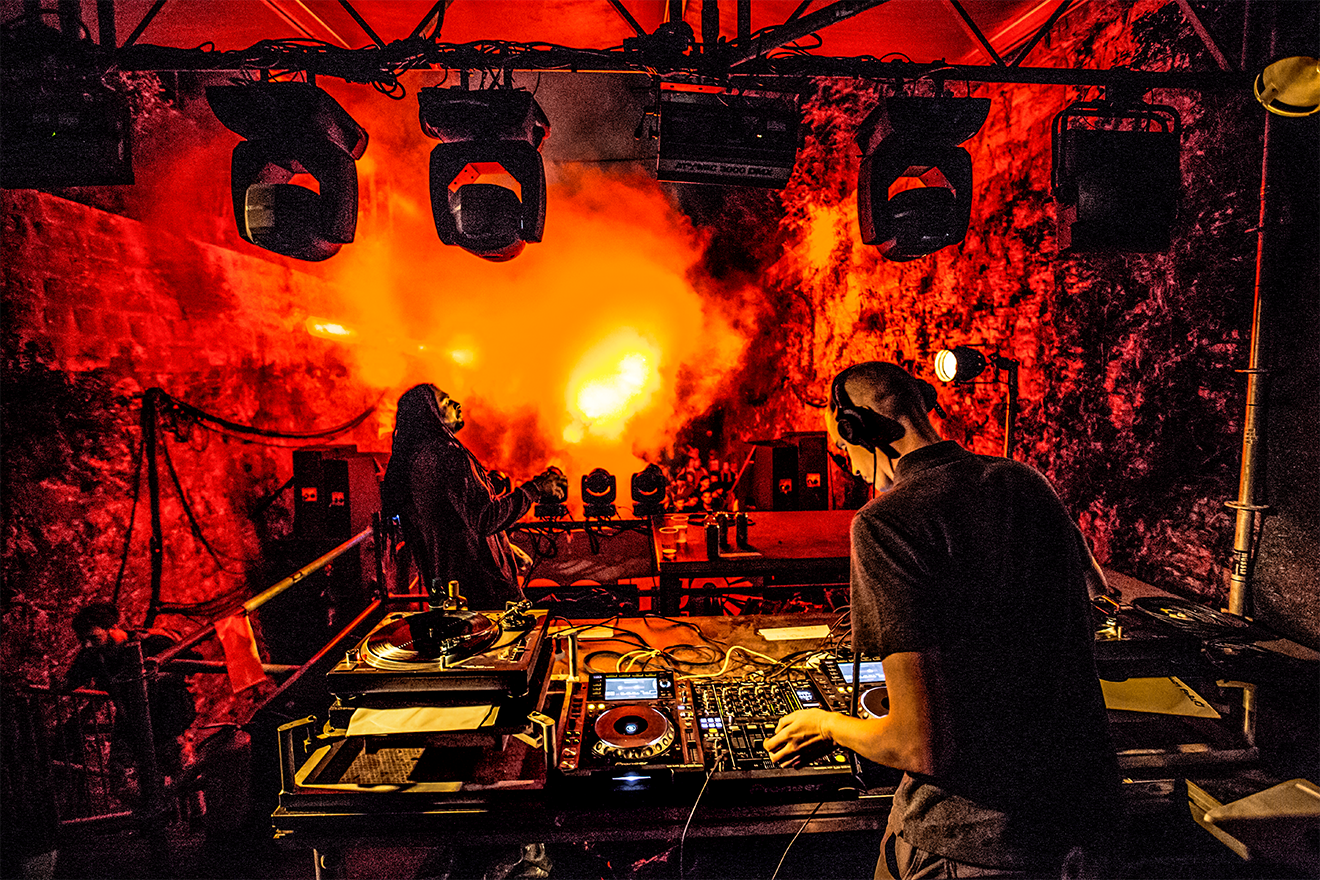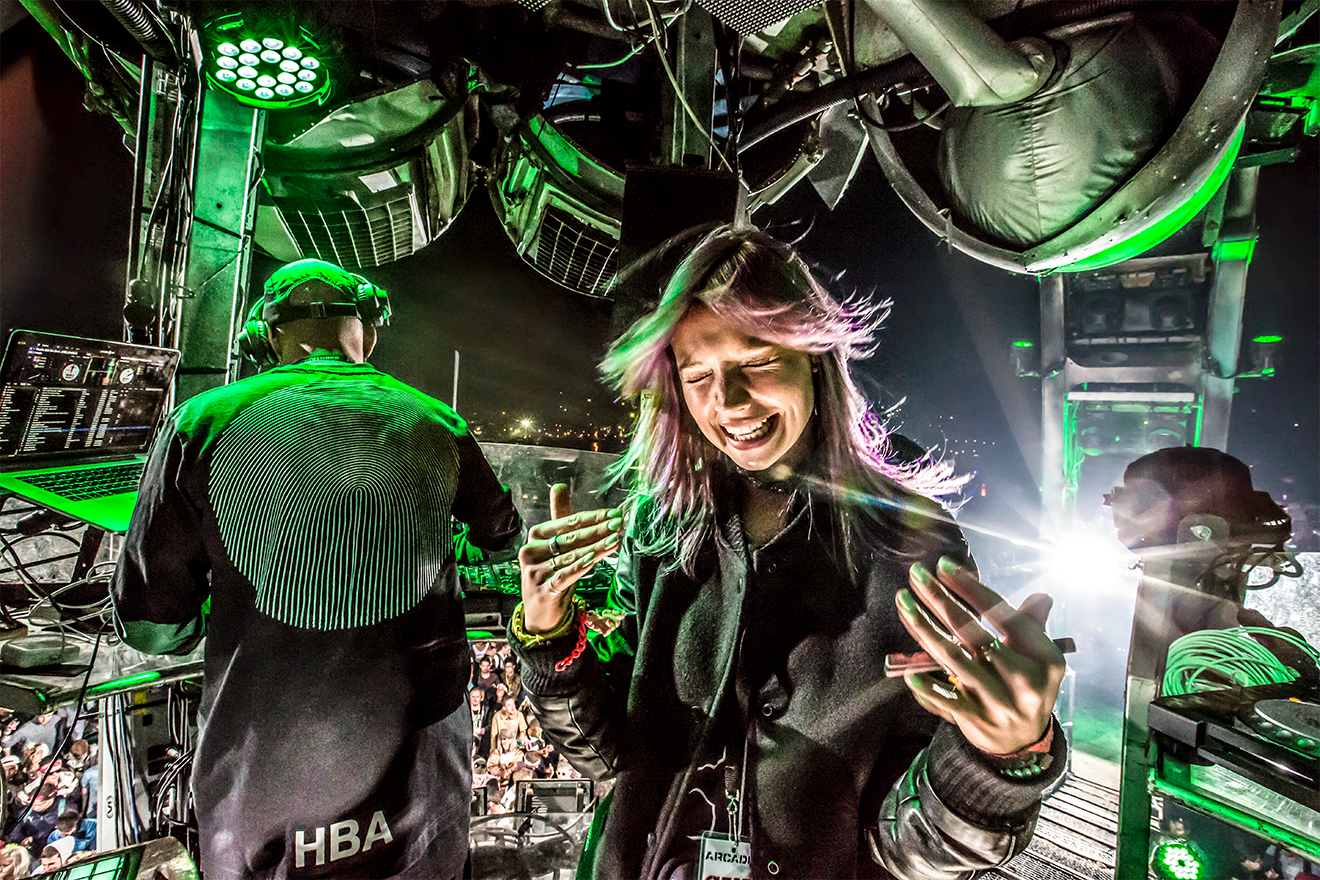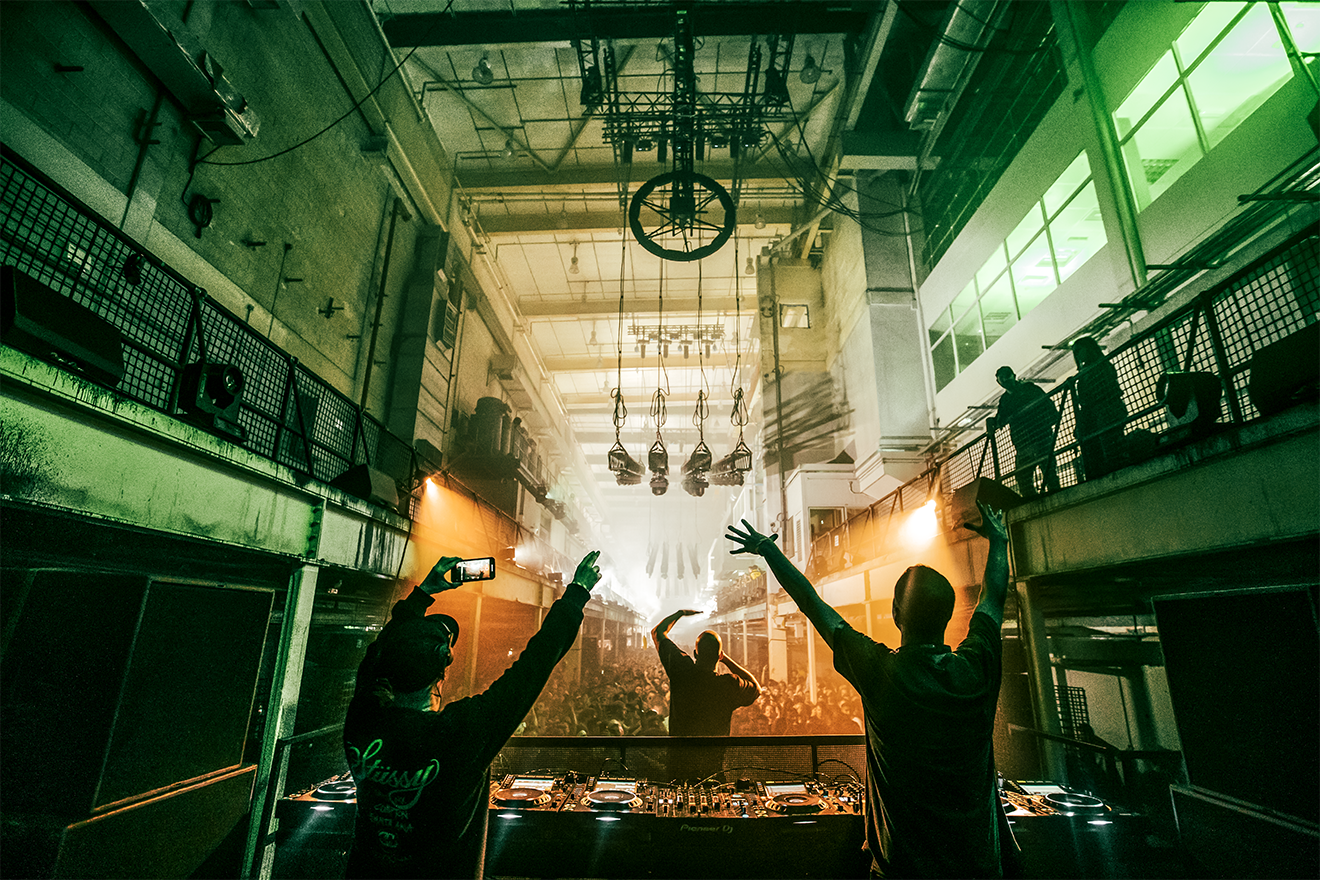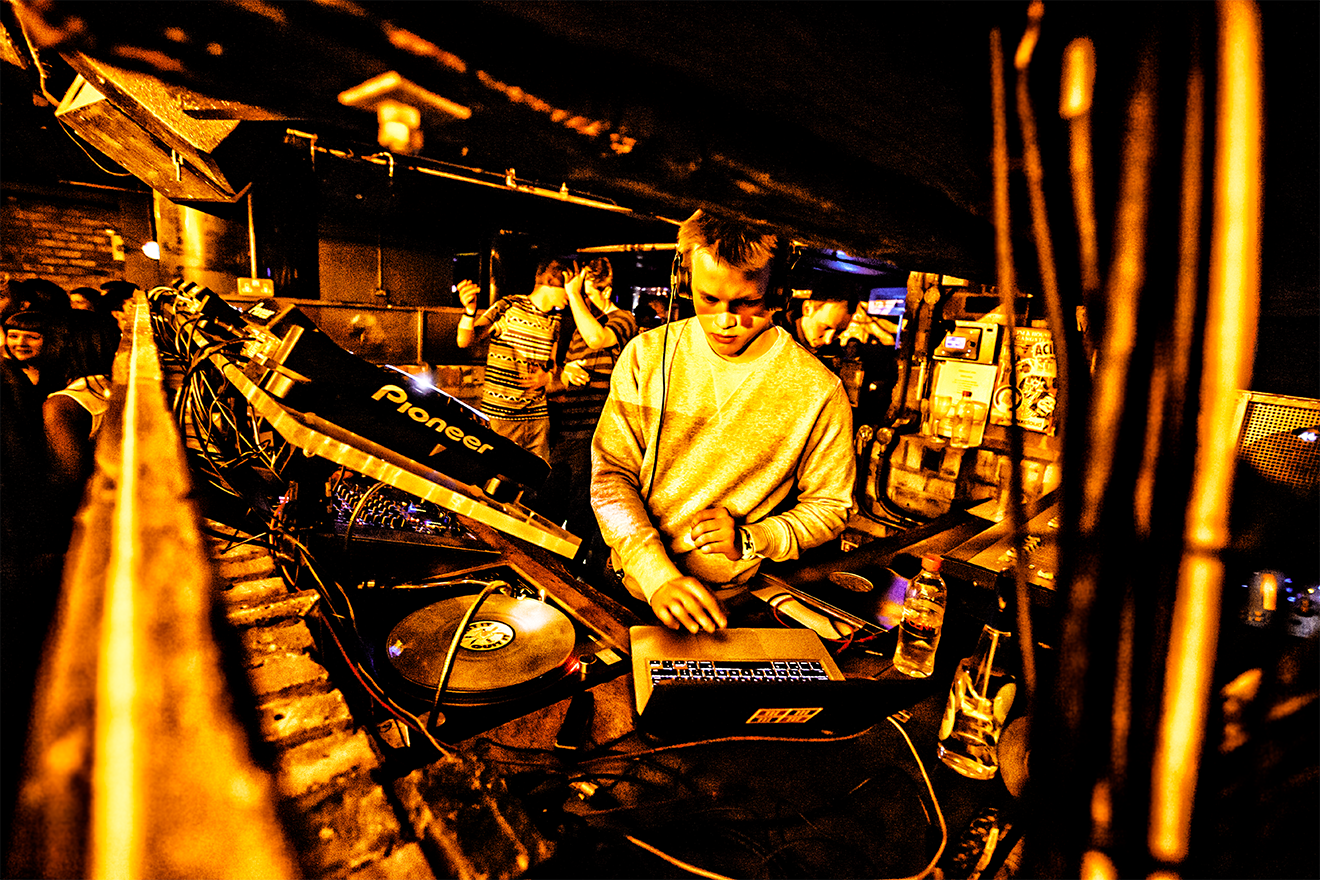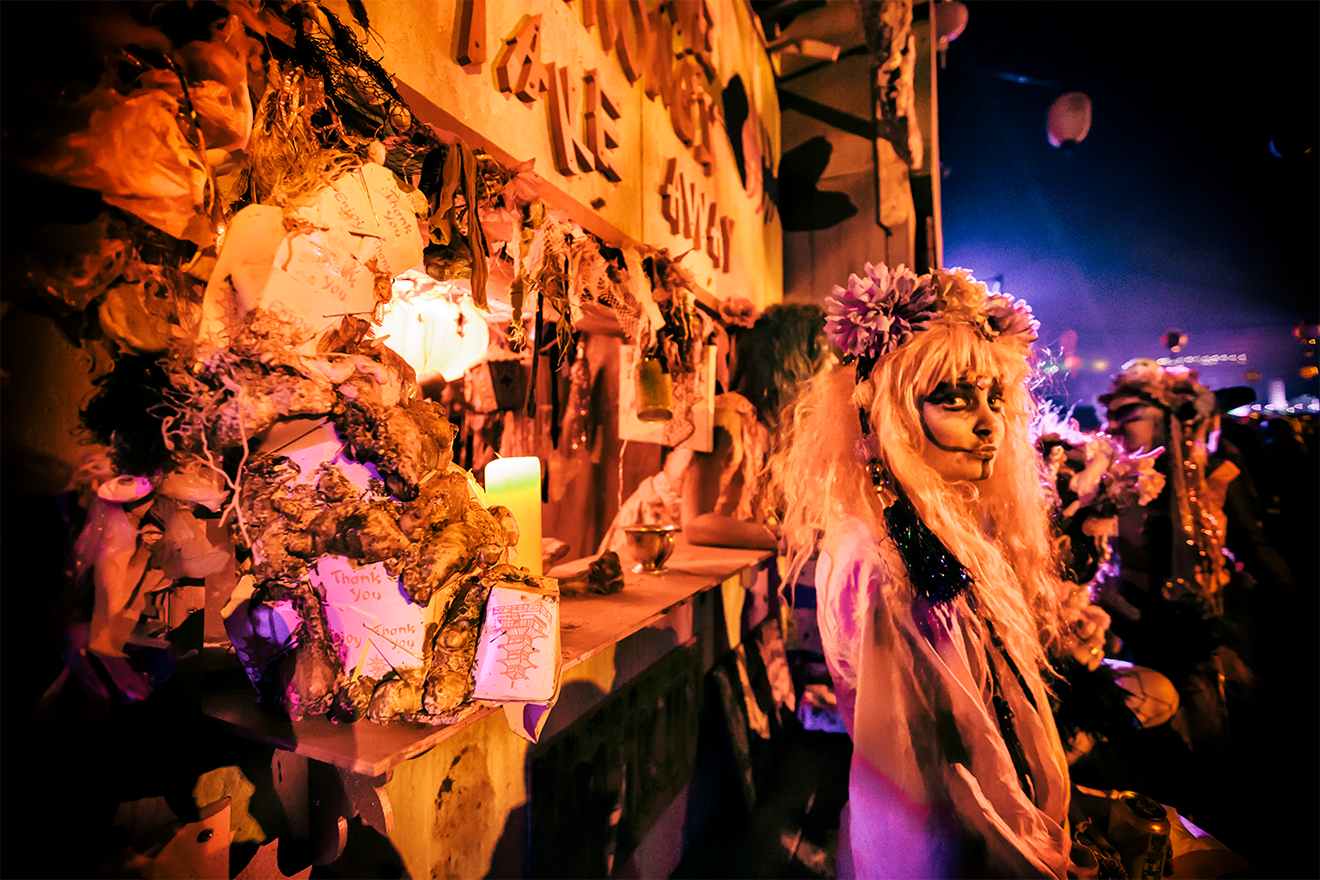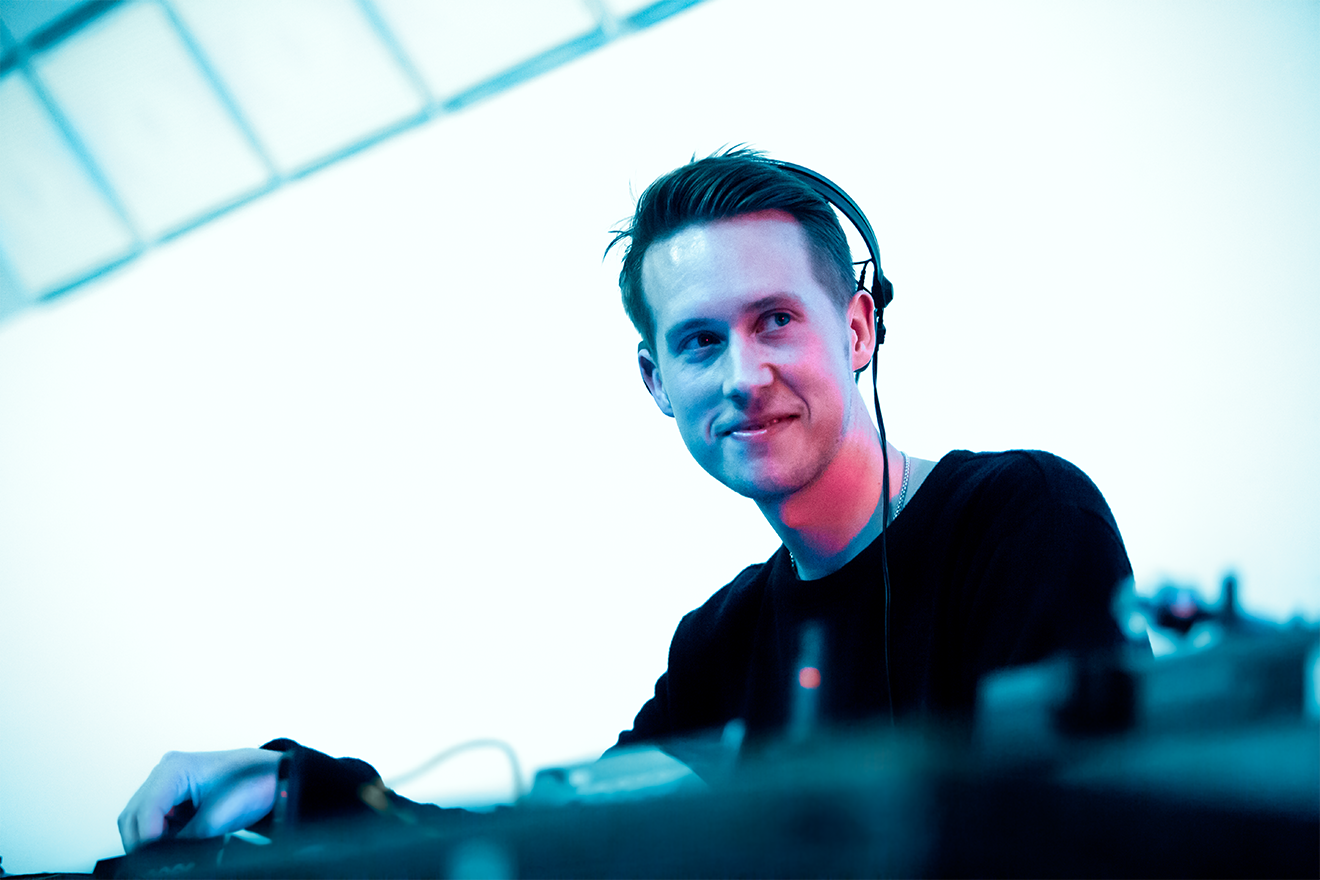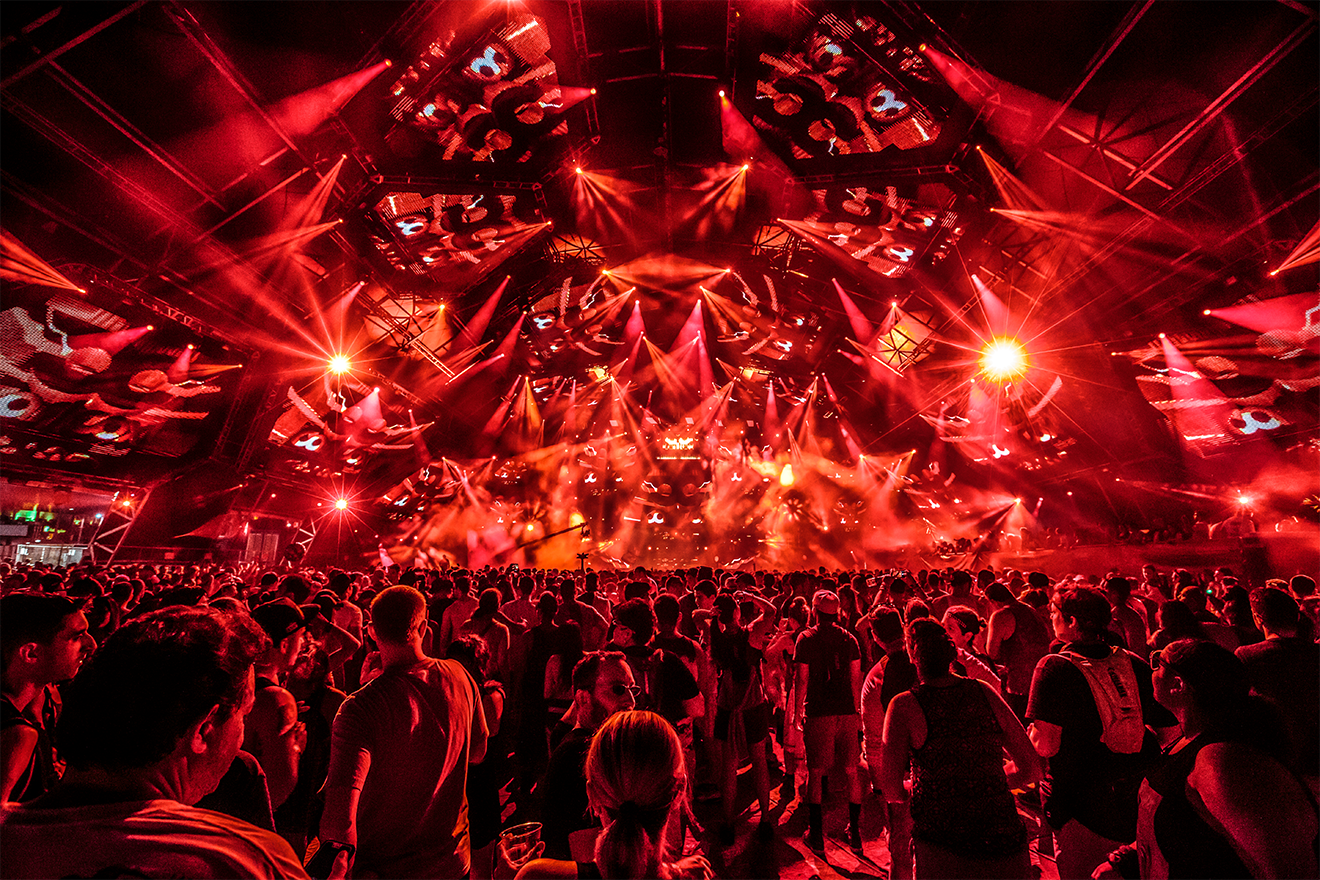 Features
Features
14 vibrant photos capturing the energy of bass music from the 2000s to the present day
Longtime fabric photographer Sarah Ginn marks her comeback to the music industry with hundreds of pictures from parties across drum ‘n’ bass, dubstep, house and much more
Back in 2006 a fresh-faced, then 25-year-old Sarah Ginn was living in Brighton, spending her weekends going to clubs and dancing to music – and spending most of the week thinking about dancing to music. She had pursued a career in design, which hadn’t quite worked out as planned and was rethinking her aspirations.
“I kind of abandoned my career,” Ginn says, with a light laugh. “I got spectacularly fired from my design job for funny reasons – but I got fired anyway.”
Needing a creative outlet, her friend Natalie Besbrode, who was a local radio presenter in Brighton at the time, introduced her to a photographer named Tom Oldham. He was working for a sadly now defunct magazine called level. as well as taking pictures at local club Audio (now Patterns), and Ginn was fascinated with the craft.
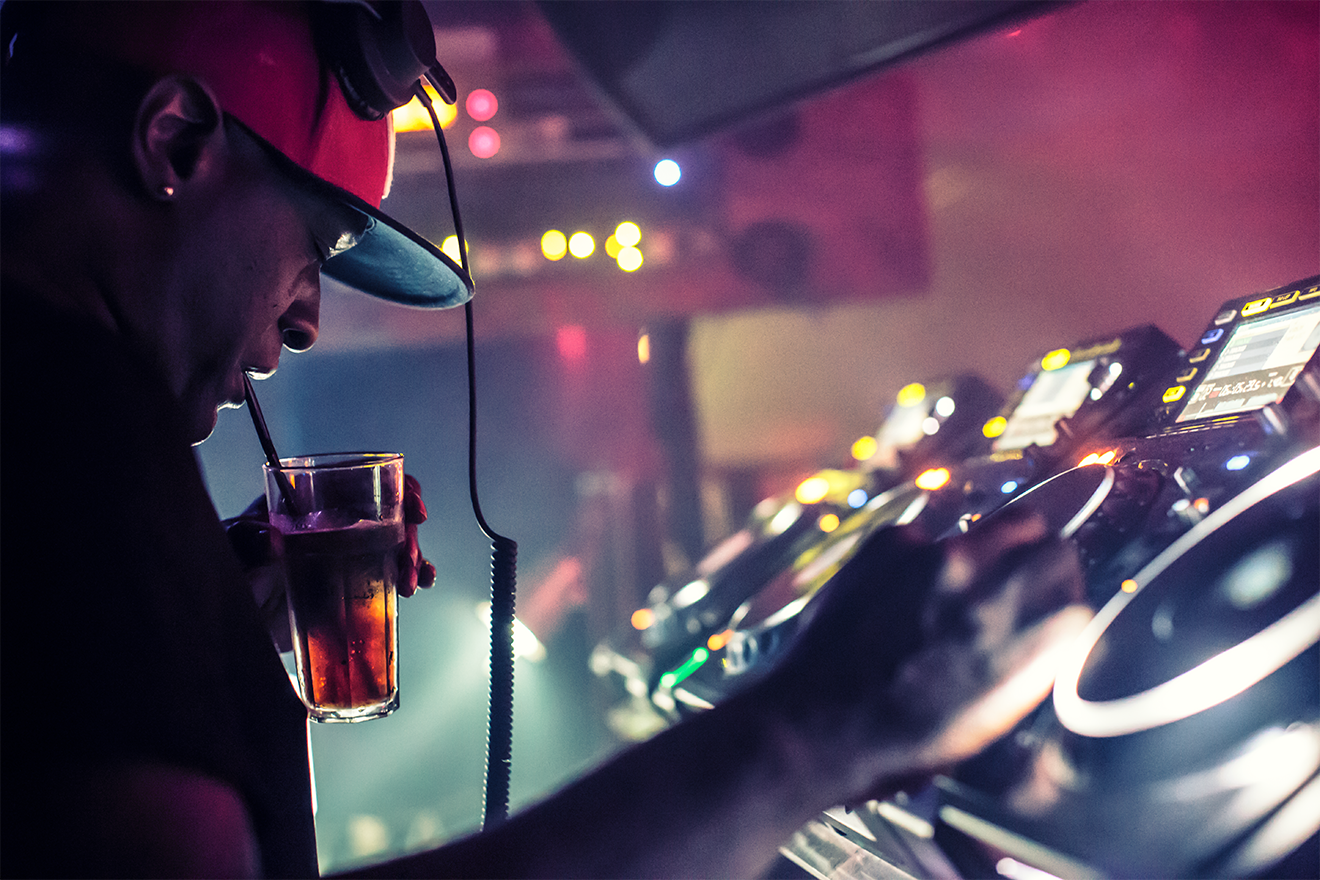
She asked Oldham if she could give photography a go and help him out one time, which he agreed to, taking her to a show by The Bays, a freeform electronic act who never released any records, but had a notoriously wild live show.
The pictures from that night turned out great, and she enjoyed shooting the party so much that she sent out emails to a number of clubs asking if she could take photographs for them on a voluntary basis. Only one ended up replying to her – London institution fabric, who duly agreed, and for the next 10 years – right up until its licence was temporarily revoked in 2016 – she would spend weekends travelling to Farringdon to take pictures within its hallowed walls as an in-house photographer.
“That’s where I learnt to take pictures – in fabric,” she says. “And then everything spread out from there and I went full time in 2011.”
Read this next: How young artists are transforming drum 'n' bass
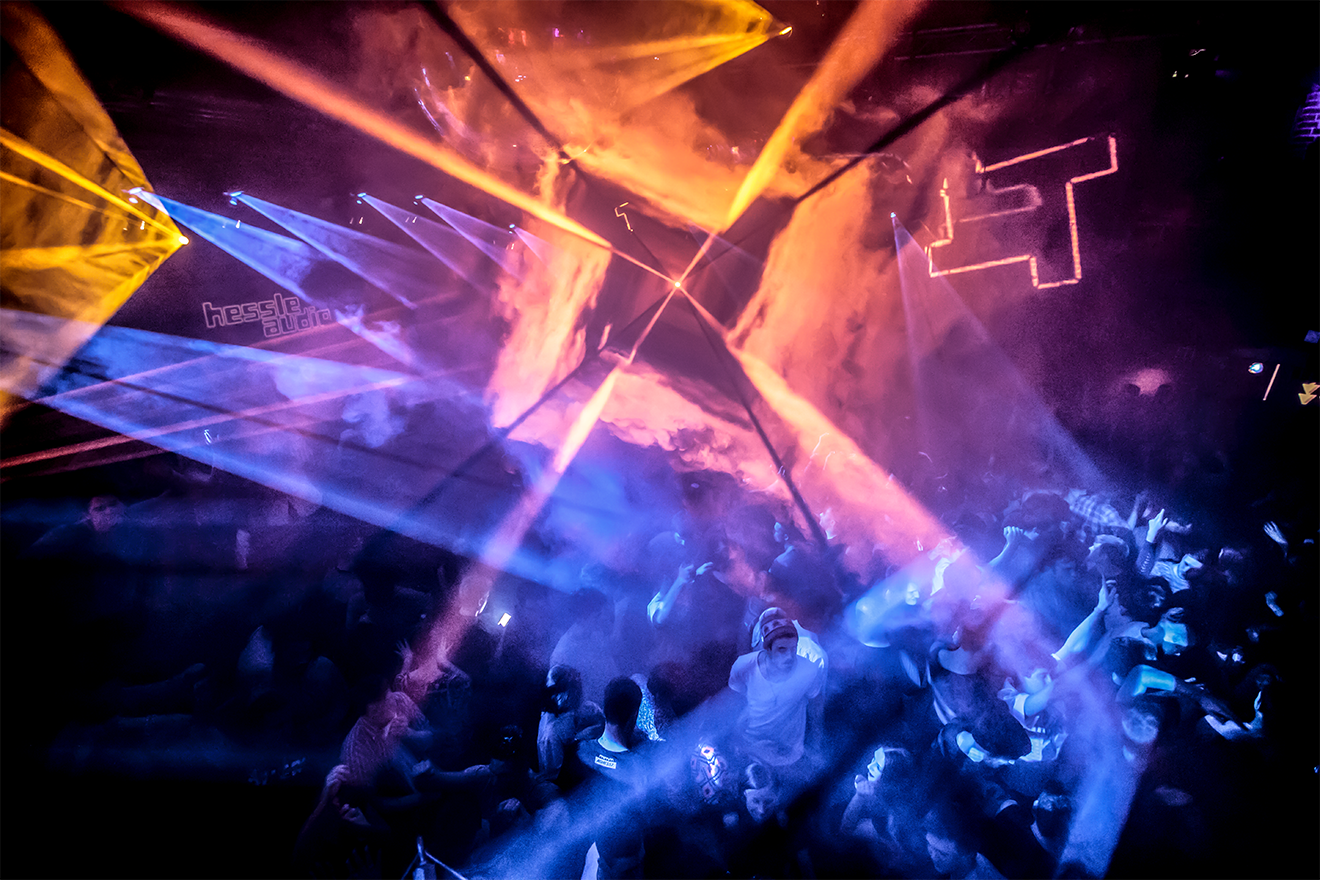
From her decade in fabric to photographing festival stages and clubs across Europe, her soon-to-be published photobook Super Sharp Shooter via Velocity Press, digs through her extensive archives and presents pictures and portraits from the hundreds of raves, festival and sets she shot at.
Having photographed drum ‘n’ bass nights, dubstep as it was exploding onto the club music scene, as well as post-dubstep and house and techno parties – the book is a vibrant record of the history of bass music from the mid ‘00s through the ‘10s. Set out in colour order, trawling through whites, reds, pinks, green, blues and more, it captures the special energy found in dancers and DJs of the time.
“I thought: ‘All my pictures are really colourful, why not have it in rainbow order?’ And I want people to flick through it and get something out of the colours,” she says. “I always think the colour spectrum is a bit like the music note spectrum.”
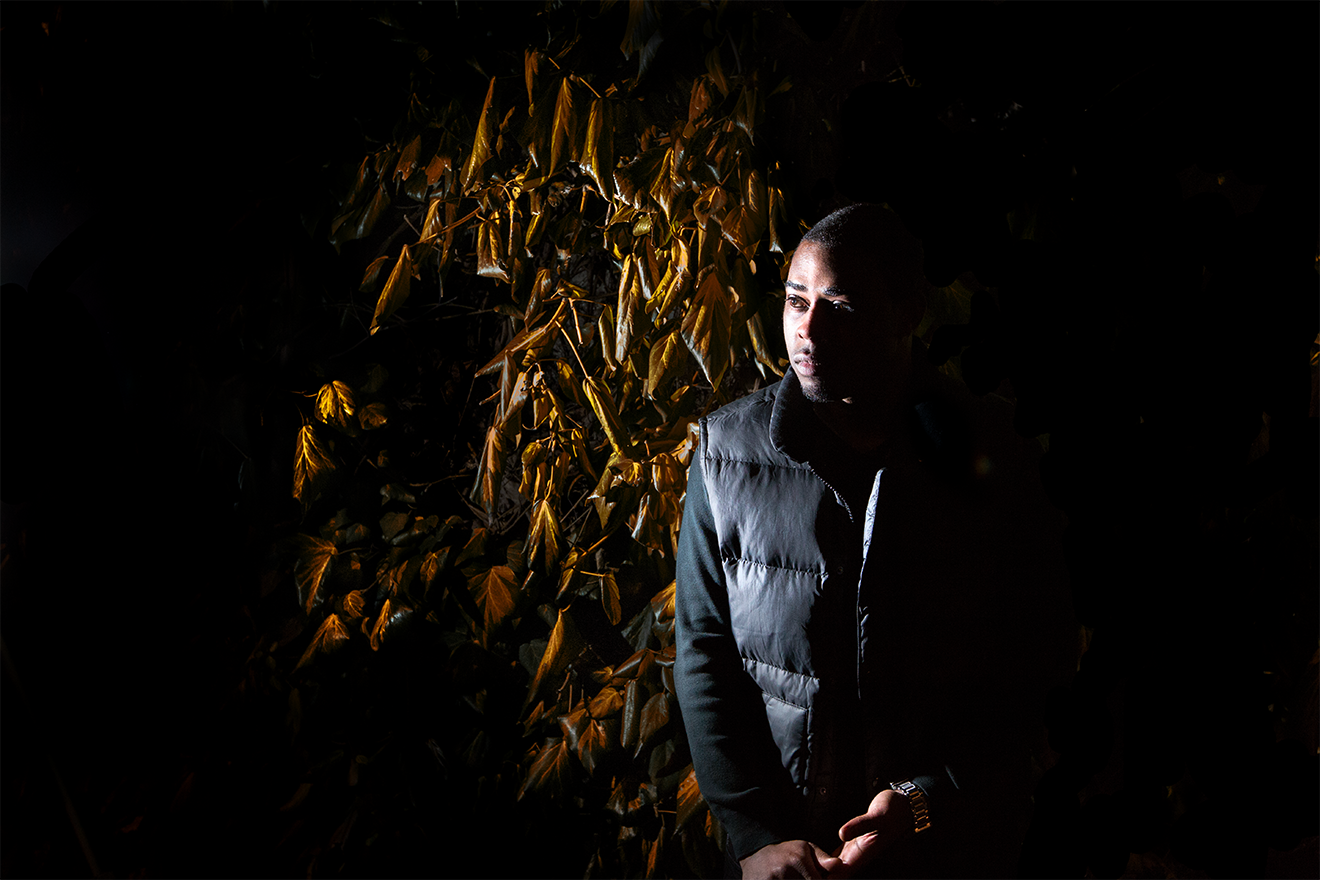
Many key figures from the era and scenes are featured, from Skream & Benga, Ivy Lab, Fabio & Grooverider, Hessle Audio to even Jamie Jones and Fatboy Slim. And on top of the people, the settings and crowds include some of dance music’s most singular stages – Ultra Miami, London’s Printworks, Arcadia at Glastonbury Festival and of course, fabric.
With the rise of dubstep, and then the post-dubstep trend towards house and techno, the book also captures several inflection points in UK dance music. “I hit fabric around the Erol Alkan Trash days,” Ginn says. “Around that time, I was saying that the drugs changed and there was a recession.
“There was a kickback from the big dance music days, which was around 2002, and we couldn’t get the oil to make MDMA, so everyone was doing a lot of ketamine and the music got a lot slower and a lot darker,” she continues. “That was the rise of dubstep, and that changed again in 2012 when the MDMA got good again. But I feel the spread of UK music has got wider, people play everywhere now – records go abroad to all sorts of places.”
Read this next: fabric co-founder: "The club feels like a time warp – there isn't a phone in sight"
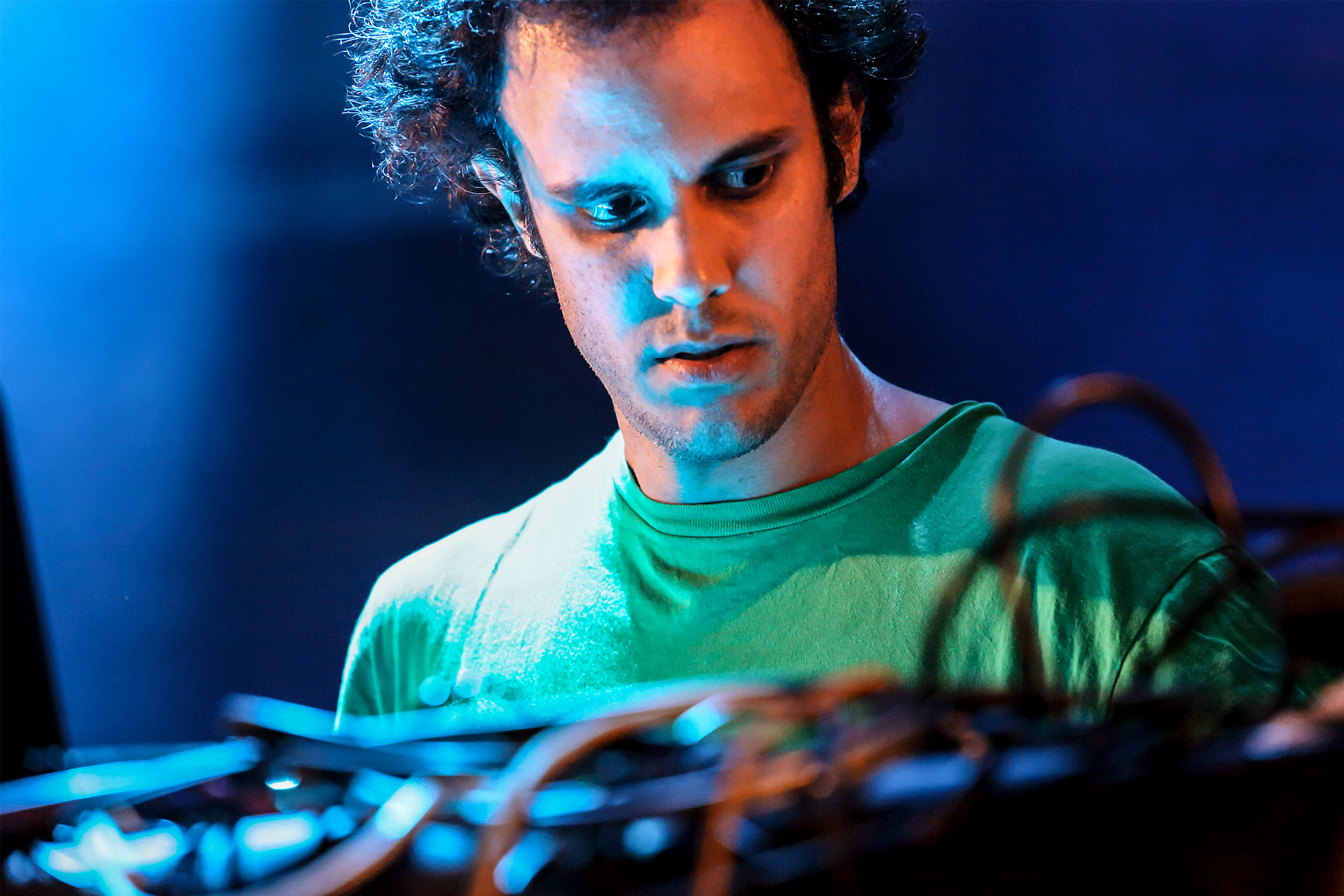
In fitting with the energy of the book, presented alongside the images is an essay that Ginn penned herself, called the ‘The Feedback Loop Theory’. “I feel that music is a system,” she explains. “It has these things called feedback loops, and they are magic because they inspire people to make their own art.
“When a DJ does it you get this buzzing energy between the DJ and the crowd – and you know they happen because you can feel them on your arms and in the atmosphere,” she continues. “It’s the one thing that made me stop taking photos and go: ‘Oh my God,’ and they inspire people to start record labels and make music and become DJs.”
Ginn actually penned the essay during her hiatus from the music industry. Although the book is a celebration of everything good about dance music, it marks a return by Ginn to the world of music photography, having previously stepped away from the industry in 2017 after alleging widespread bullying and sexual harassment.
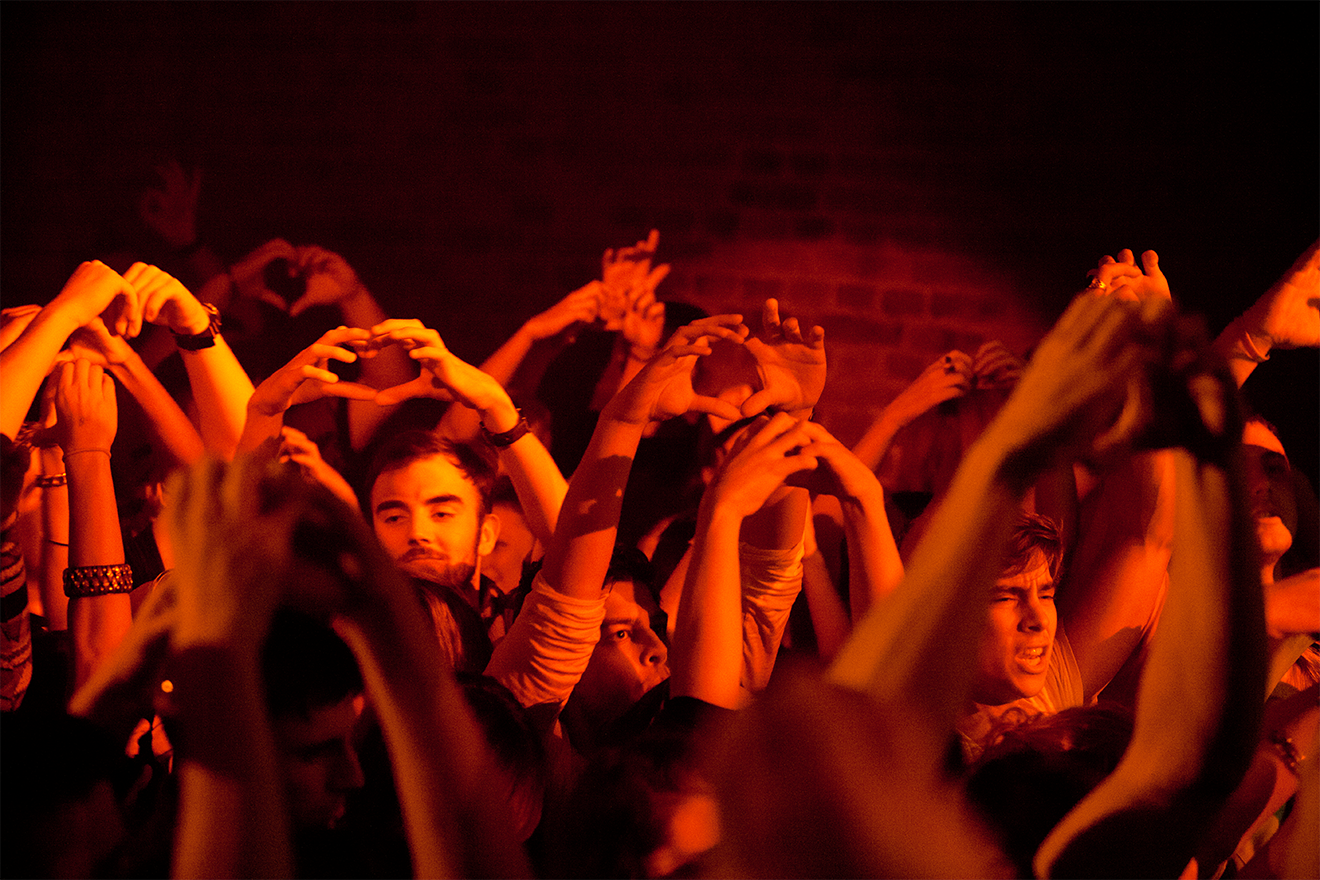
“It gets really nasty, especially when you get to the top echelons,” she says. “I feel like the music industry is constructed just like the film industry – I effectively got ‘Weinstein-ed’.
“The DJ who I had an issue with, their ex-partner was a big agent,” she alleges. “And I still lose work now from that because they don’t want to ‘p’ off the agents – I can’t tell you how many people who have been bullied and how many careers have been destroyed by that agency.”
Read this next: 2007-2017 might just be the greatest decade in dance music history
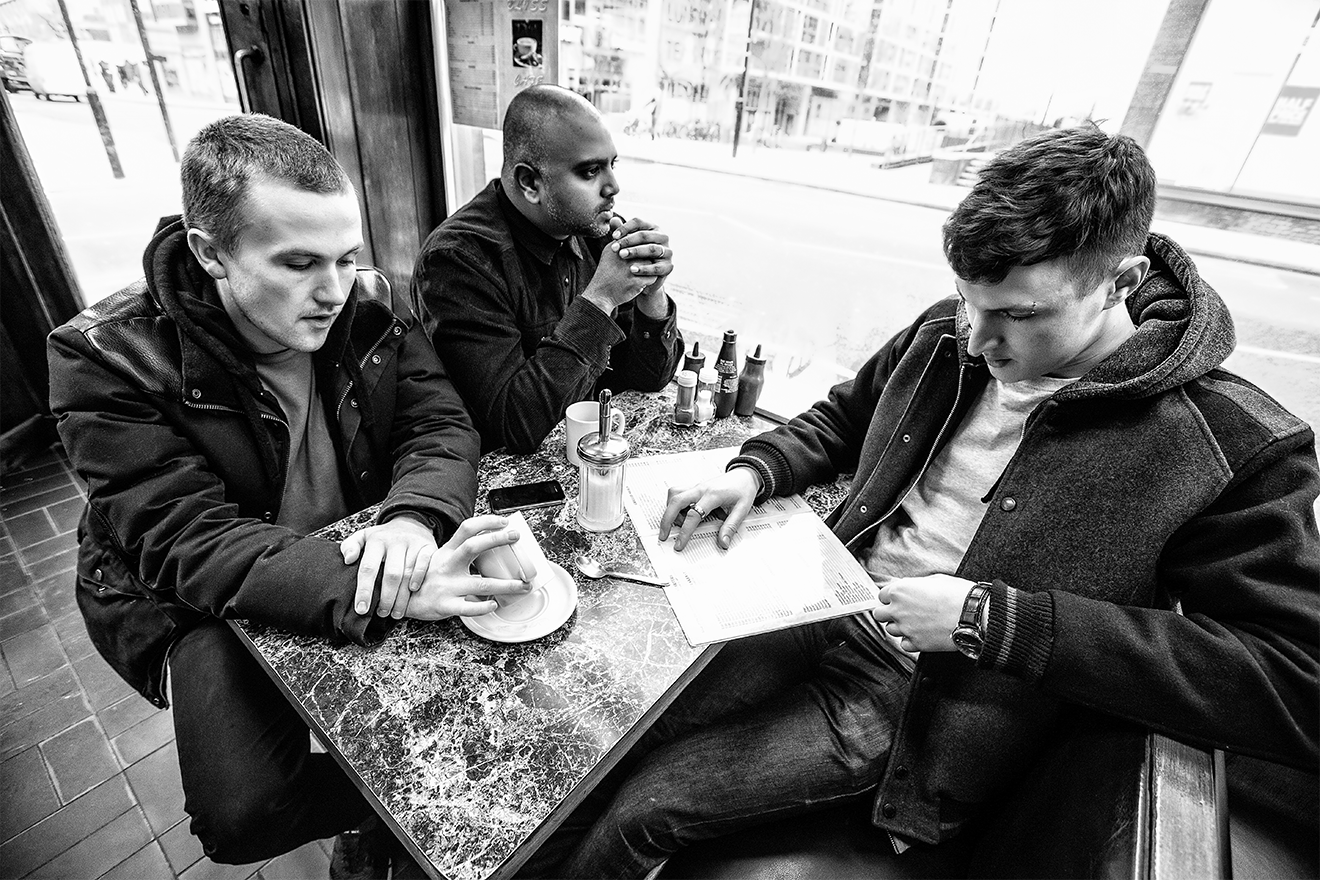
She says that her break has been good for her, and has helped give her perspective on why she loved music in the first place. Now back to shooting nights, Ginn is now picking up gigs with her lens again and hoping to fill her calendar with even more. The book, as a celebration of the great moments, forms part of that journey for her.
“It’s like redemption I feel,” she says. “I feel like I’ve come back to my original purpose, which was to make a body of work in music. But it’s also been a huge personal journey for me, so making the book in the end has been a bit of a triumphant experience.
“If you always remember it’s a playground and it’s actually really fun,” she continues. “Then even when there’s a lot of bad stuff, you’re never going to fall out of love with music.”
Super Sharp Shooter is published by Velocity Press. Get it here
Isaac Muk is Mixmag's Digital Intern, follow him on Twitter
